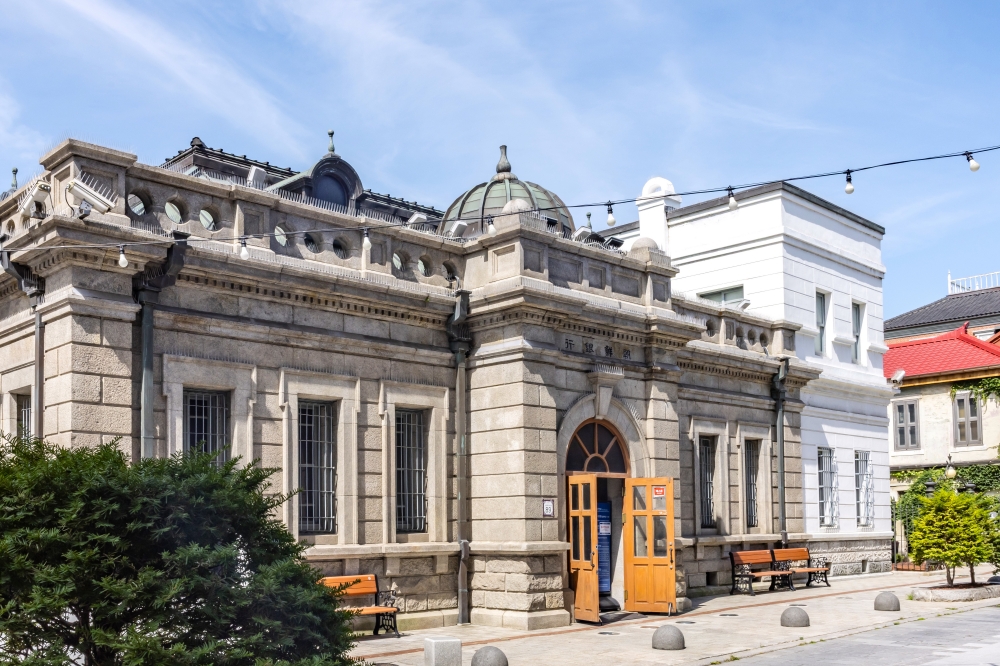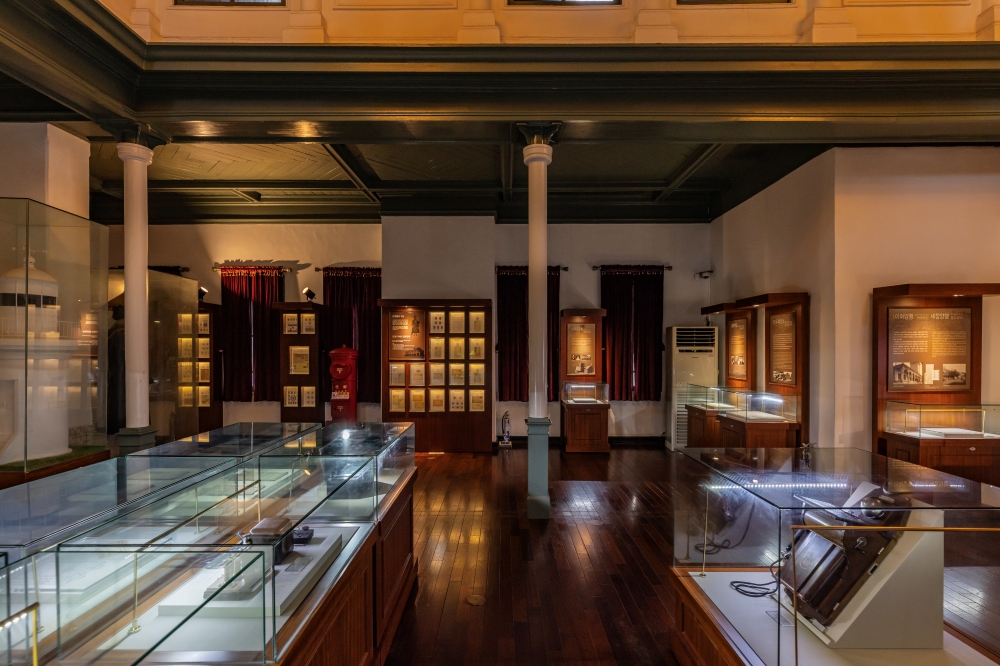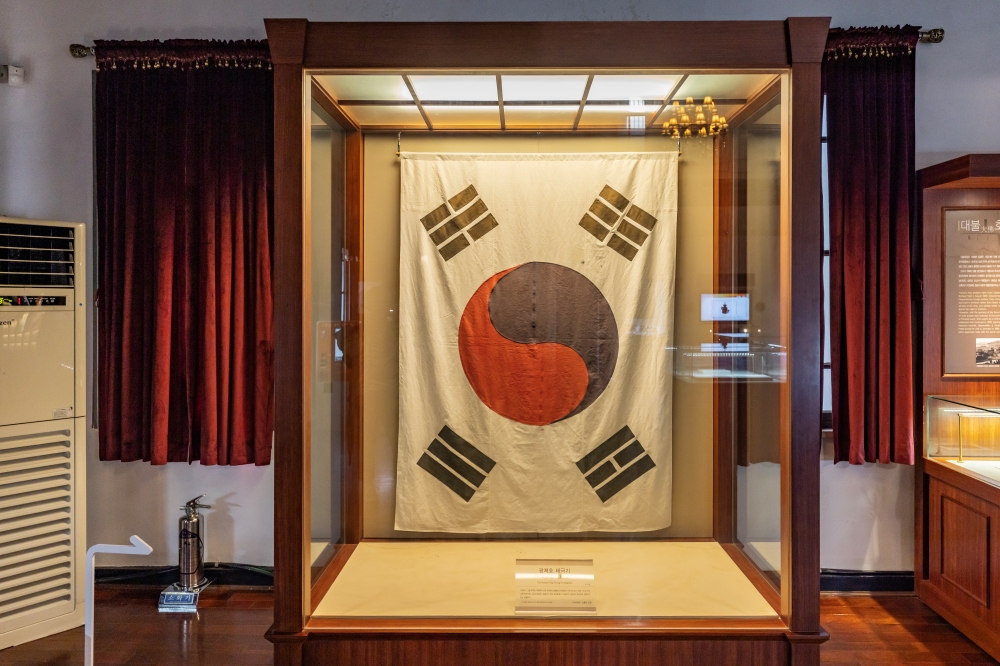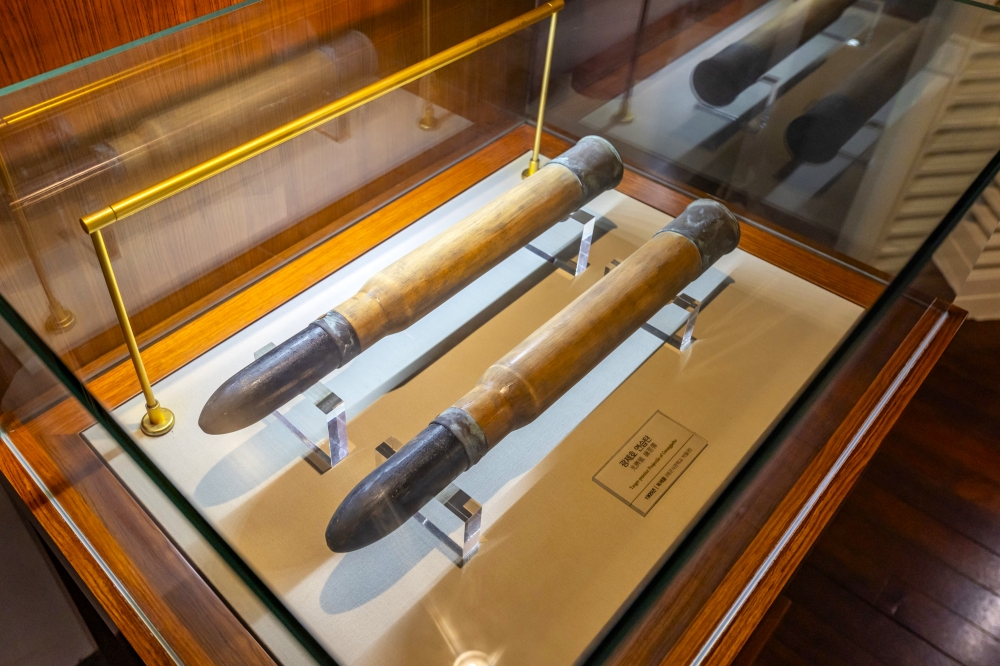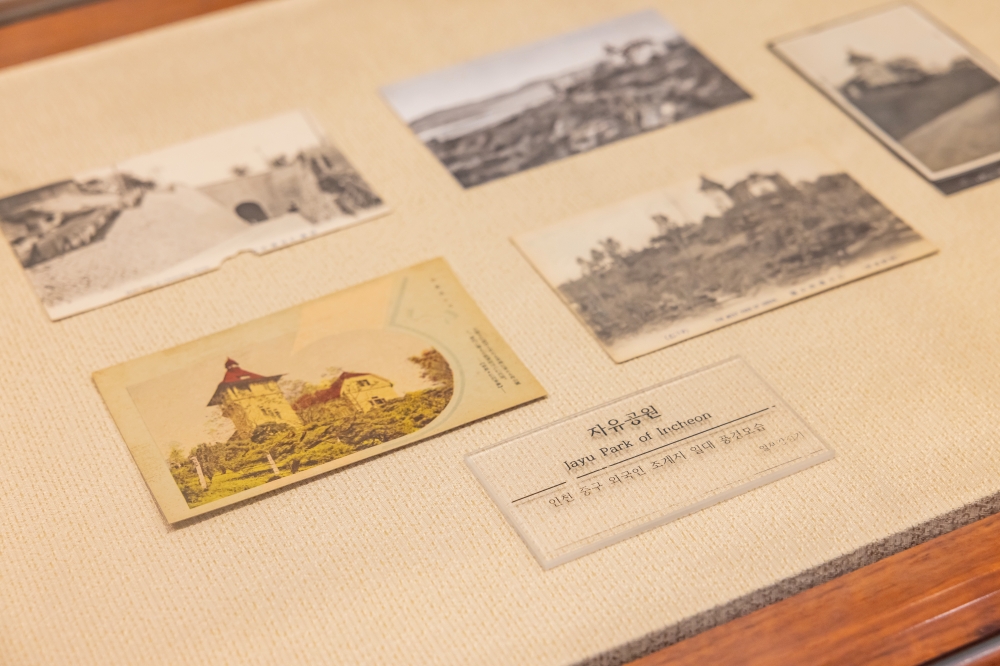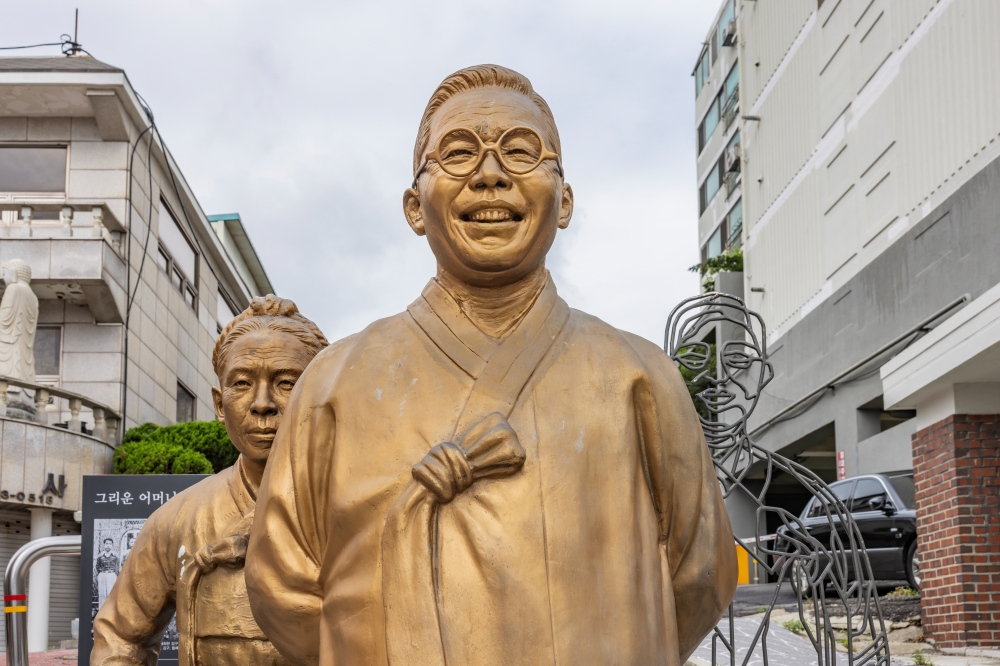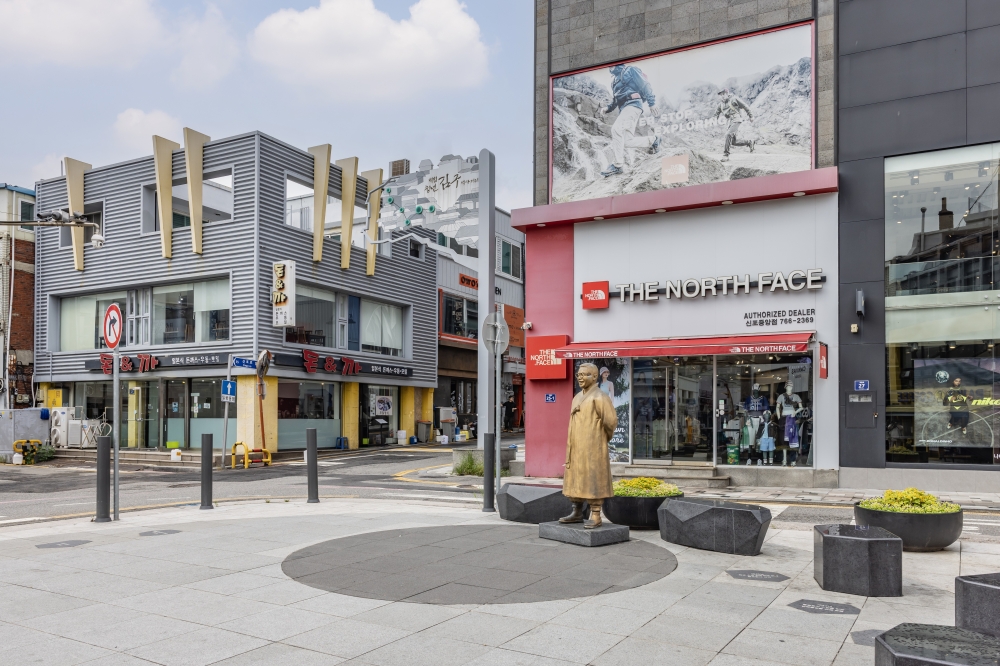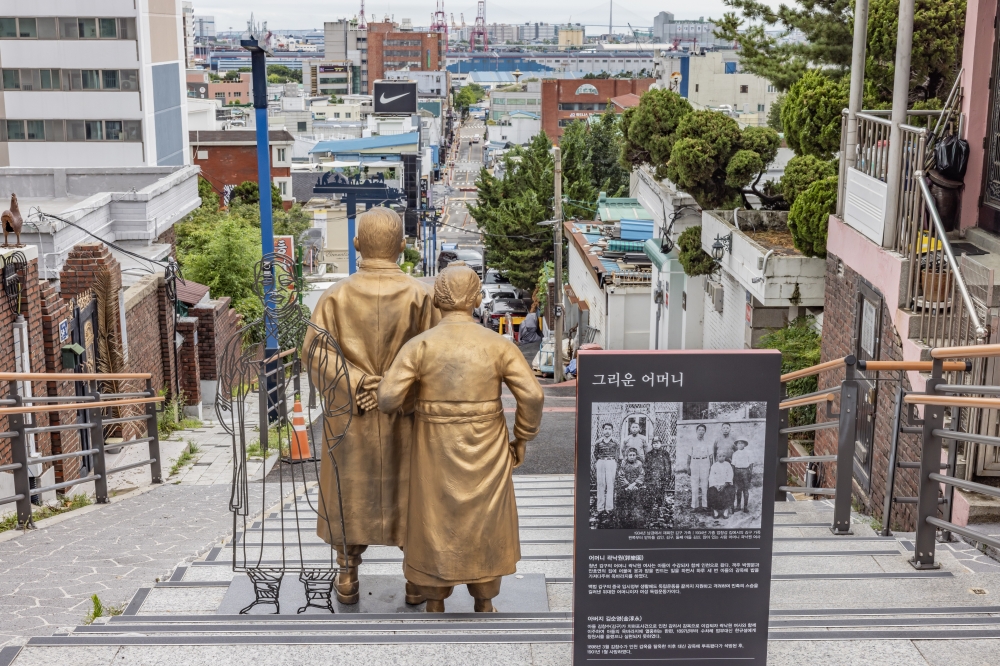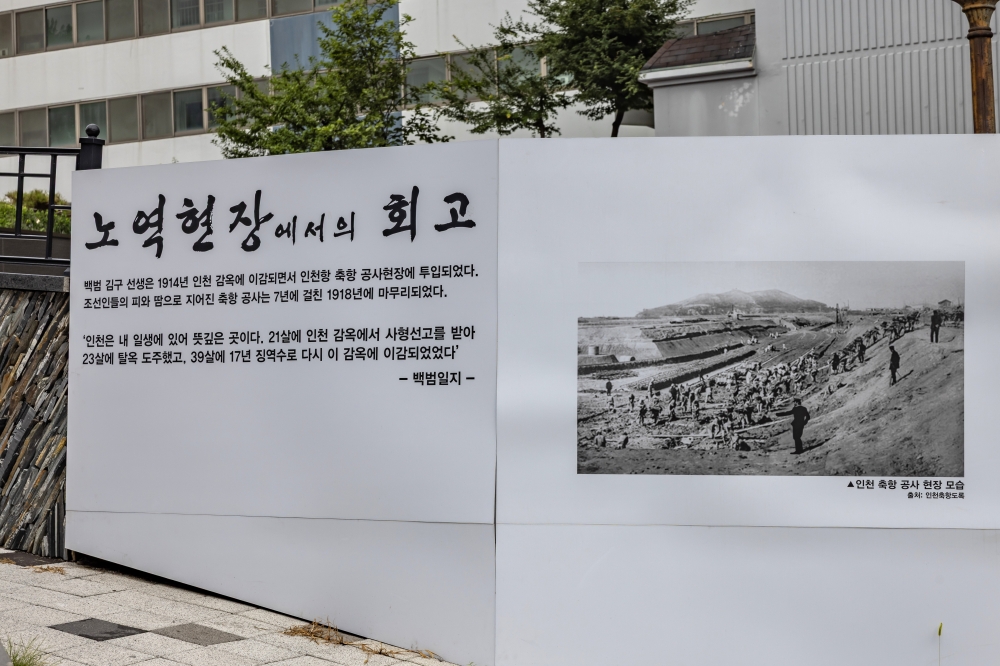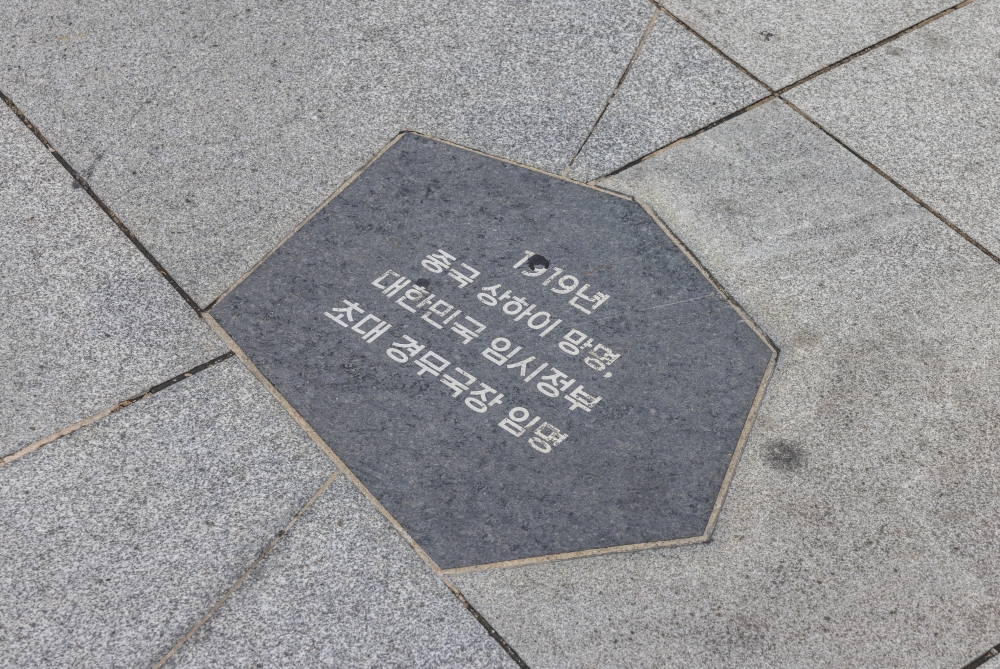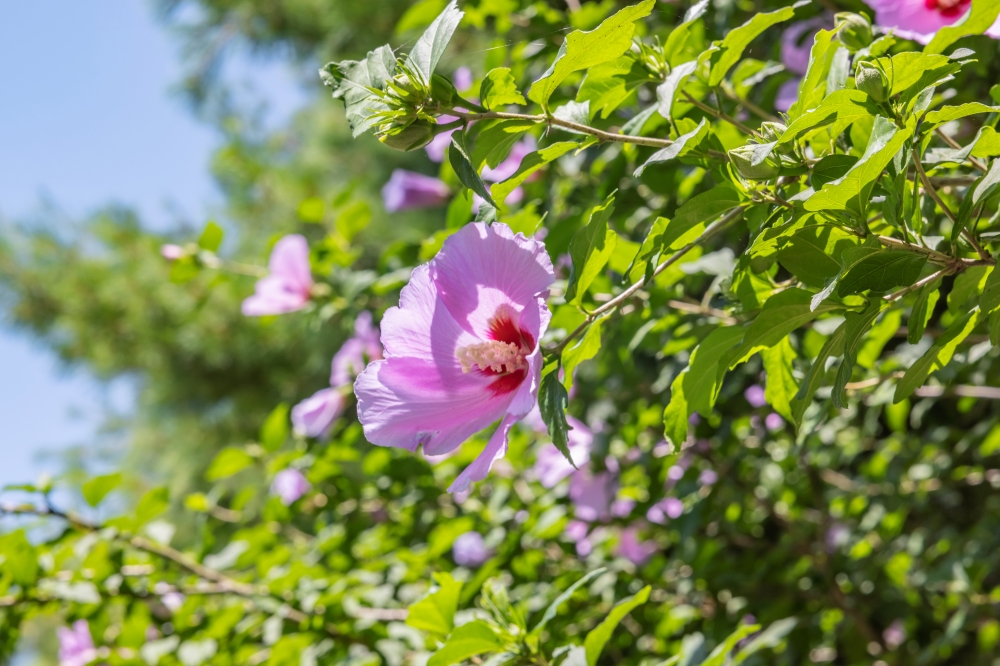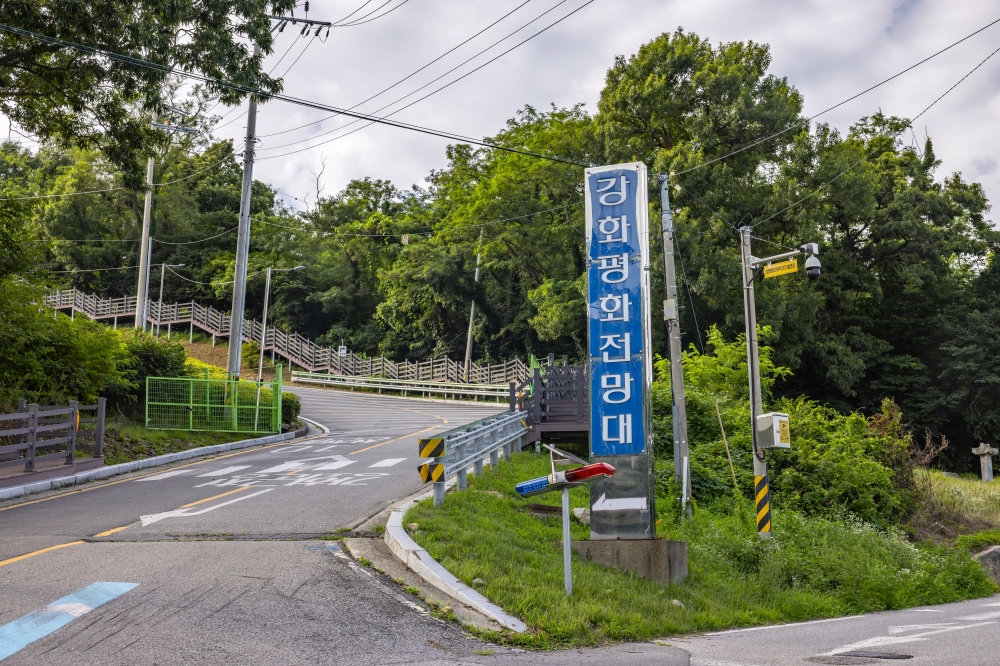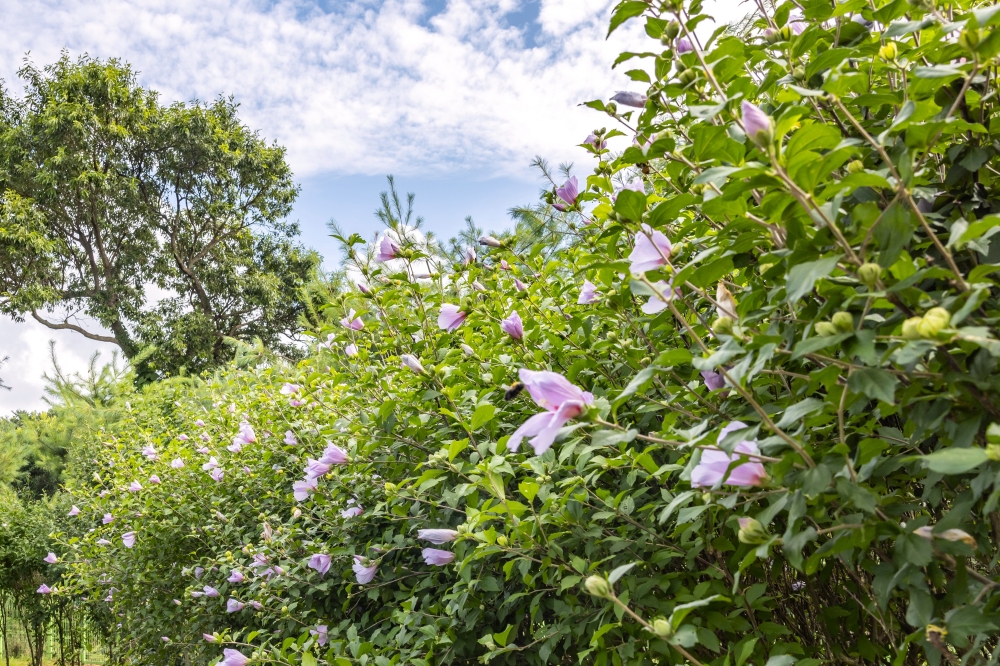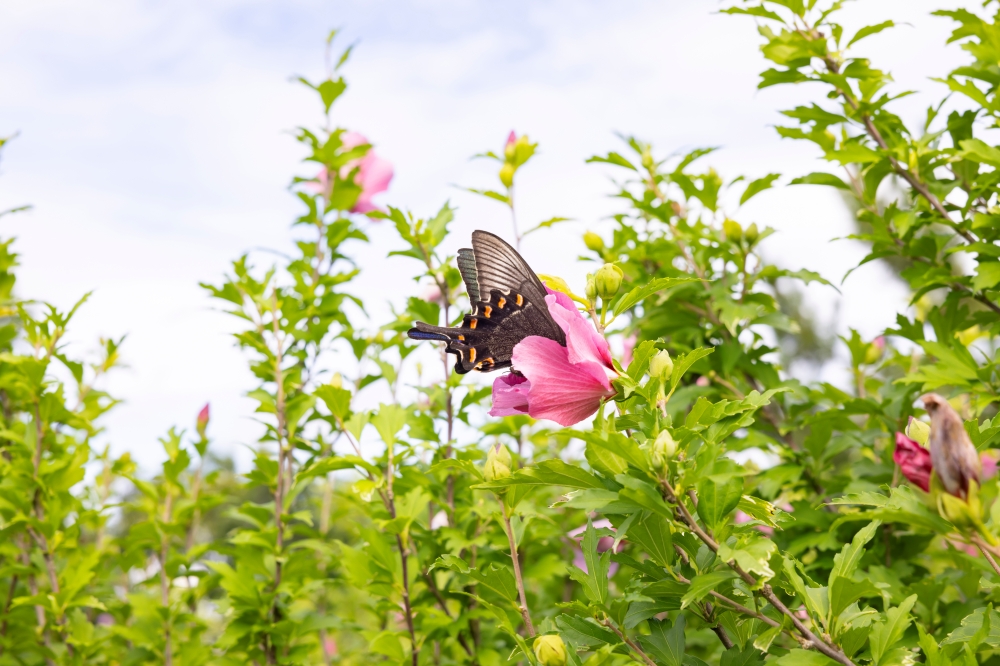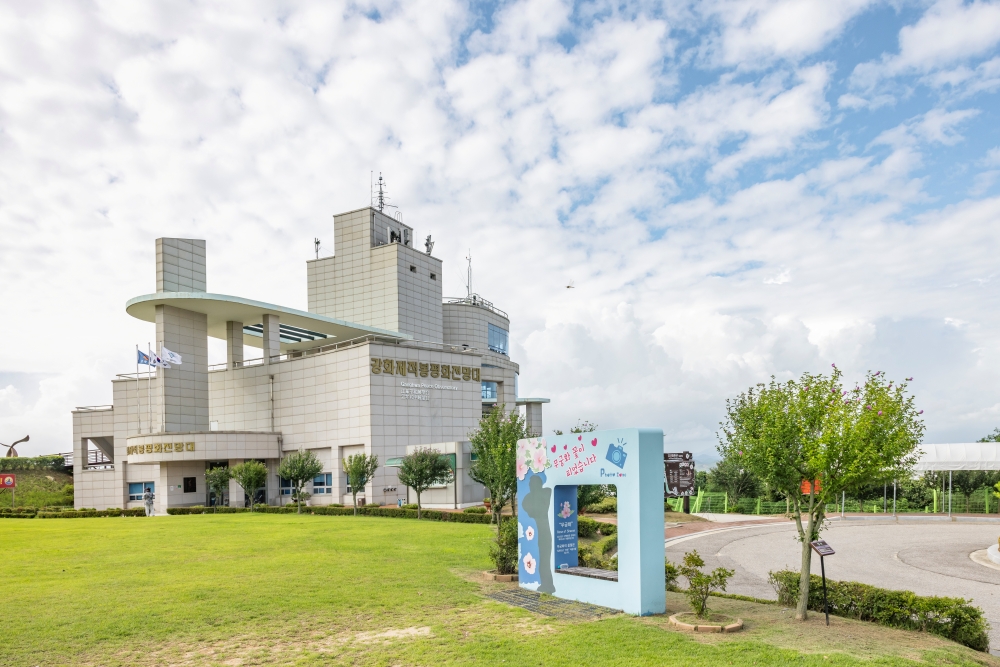Incheon is a city steeped in the turbulent events of Korea’s modern and contemporary history.
Marking the 80th anniversary of Korea’s liberation, take a journey back through time from the Un'yō Incident that led to Japan’s annexation of Korea to the day of liberation, and reflect on the enduring values of freedom and peace.
Where gunboat diplomacy forced Korea’s doors open, Yeongjongjin Park
Stretching along a vast coastline, Yeongjongjin Park sits on the former site of Yeongjongjin, a naval base of *Joseon.
Yeongjongjin once guarded the Hangang River and the West Sea against foreign incursions and invasions, and today,
remnants of its history remain in the form of fortifications and cannons positioned in a corner of the park.
The cannon on display is actually a replica modeled after the one found in Deokpojin, Gimpo, as the original artillery was lost.
*Joseon: The dynasty that ruled the Korean Peninsula from 1392 to 1897.
Yeongjongjin is also the site of a historical event that completely changed the fate of Joseon.
In the late 19th century, the Japanese gunboat Un'yō illegally entered waters off Ganghwado Island and sparked an armed conflict by attacking Yeongjongjin the following day.
Imperial Japan capitalized on this incident to pressure Joseon to open its trade ports,
which eventually led to the signing of the Japan–Korea Treaty of 1876 (the Treaty of Ganghwa Island):
an unequal treaty that opened Korea’s ports to imperialist exploitation. This is known as the Un'yō Incident in Korea.
Walk along Yeongjongjin Park and relive the struggle against imperialist violence. At the central square, a monument stands in honor of the 35 Joseon soldiers who lost their lives in the battle.
- Address63, Gueup-ro, Jung-gu, Incheon
- Opening HoursOpen 365 days a year
Tracing Incheon’s transformation after forced opening, Incheon Open Port Museum
The Incheon Open Port Museum documents the city’s transformation from its opening in 1883 to just before Japanese occupation.
Four permanent exhibitions showcase modern goods first brought into Korea through Incheon Port, scenes from the open port streets, and currencies of that time.
The museum’s most symbolic artifact is the large Taegeukgi that once flew on the warship Gwangje.
On the day before Japan’s annexation of Korea, the ship’s captain personally lowered the flag and hid it, preserving a tangible reminder of the tragic history of Korea.
The building itself is quite interesting, as well.
Formerly the Incheon Branch of the First Bank of Japan, its domed roof and arched windows give it a distinctly foreign look,
while also standing as a stark reminder of the imperialistic exploitation that came hand-in-hand with modernization.
- Address89, Sinpo-ro 23beon-gil, Jung-gu, Incheon
- Inquiries+82-32-764-0488
- Opening HoursTue-Sun 09:00~18:00, closed Mondays (closed the following day if Monday is a public holiday)
- FeesAdults: KRW 500
- Websiteijcf.or.kr
Walking in the footsteps of a patriot, Baekbeom Kim Koo Historical Street
Kim Gu (Kim Koo) was a leader who dedicated his entire life to enlightening the Korean people and fighting for independence.
In 1919, he fled to Shanghai to escape Japanese surveillance and became a key figure in establishing the Provisional Government of the Republic of Korea.
In 1947, he published his autobiography, Baekbeom Ilji (Diary of Kim Gu), further immortalizing his historical presence.
Baekbeom Kim Koo Historical Street, located near Sinpo International Market, commemorates his legacy.
From Exit 3 of Sinpo Station on the Suin-Bundang Line, walk past Sinpo Fashion Street toward Sungshin Apartment, then follow the path uphill for about 3 minutes.
Along the way, you will find sculptures and murals depicting Kim Gu’s writings and anecdotes.
At the end of the street stands a statue of Kim Gu with his mother.
To the left of where the statue faces is the former site of the Superintendent Office (Gamriseo), where Kim Gu was incarcerated.
Although an apartment complex now occupies the site, his spirit of resistance still lives on and continues to inspire future generations.
- Address25-1, Gaehang-ro, Jung-gu, Incheon
- Opening HoursOpen 365 days a year
Reflecting on peace along the flower path, Ganghwado Mugunghwa Road
Located in northern Ganghwa-gun, Ganghwado Mugunghwa Road is a 5.7km-long trail that begins near Ganghwa Peace Observatory.
It is home to nearly 1,000 Mugunghwa trees, which bloom anew every day from summer to fall.
The flowers are at their peak beauty around August 15, Korea’s National Liberation Day.
Though each flower lasts for only a day, new blooms appear the next morning, repeating the cycle for months.
This resilience has made the Mugunghwa a symbol of the Korean people’s tenacity and unbreakable spirit.
The endless blossoms along the road evoke the hard-won independence and prosperity our ancestors defended, as well as today’s Republic of Korea.
To commemorate the 80th anniversary of liberation, consider taking a walk here to reflect on their significance.
[Tip]
- Mugunghwa flowers in full bloom can be found on the Mugunghwa Hill at Ganghwa Peace Observatory.
- AddressSan 16-3, Cheolsan-ri, Yangsa-myeon, Ganghwa-gun, Incheon
- Opening HoursOpen 365 days a year
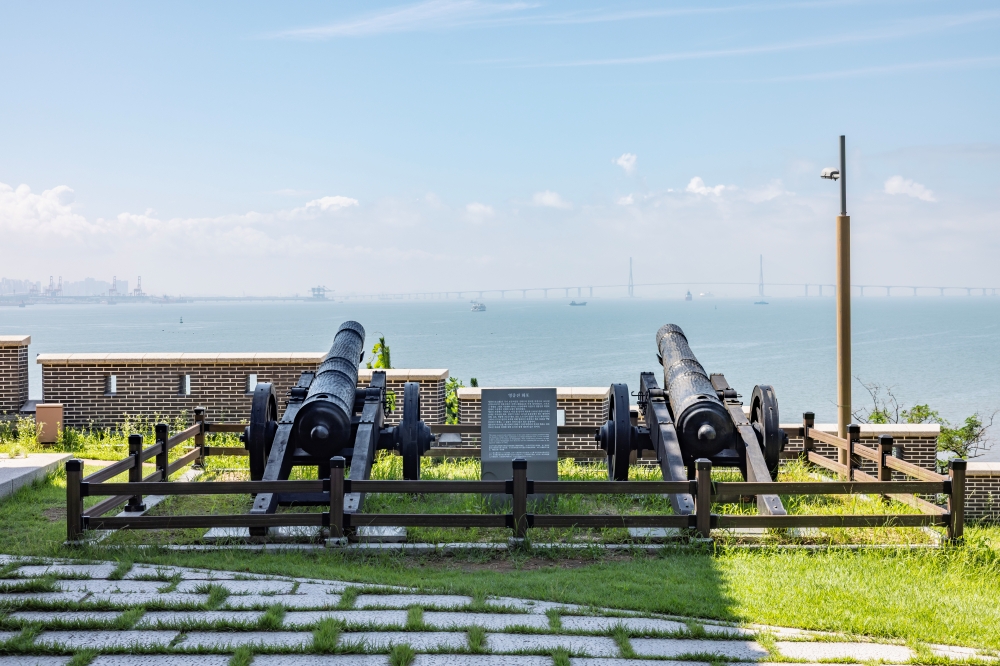
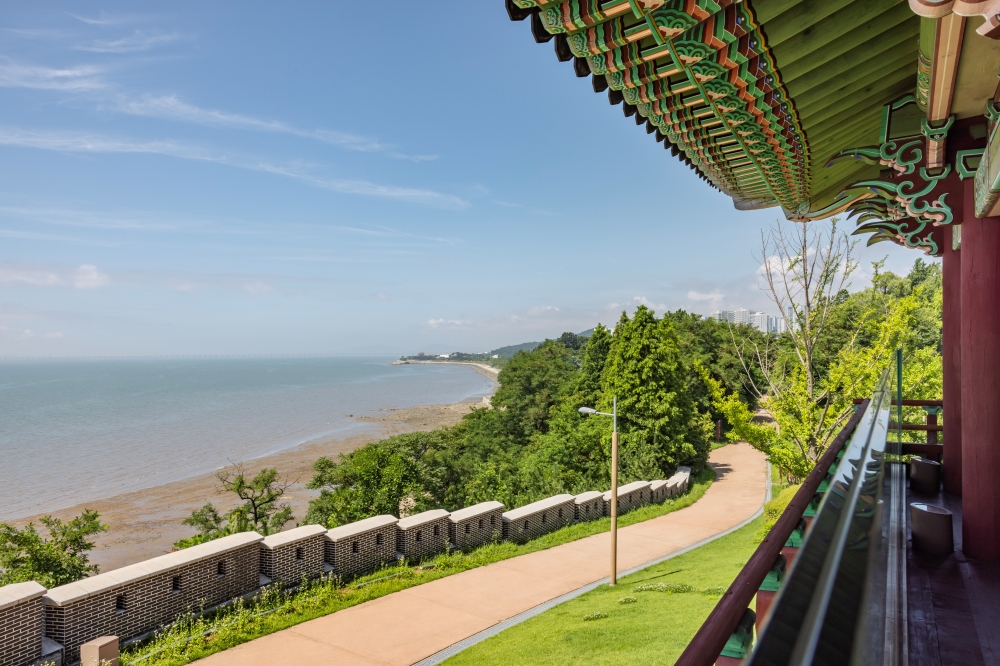
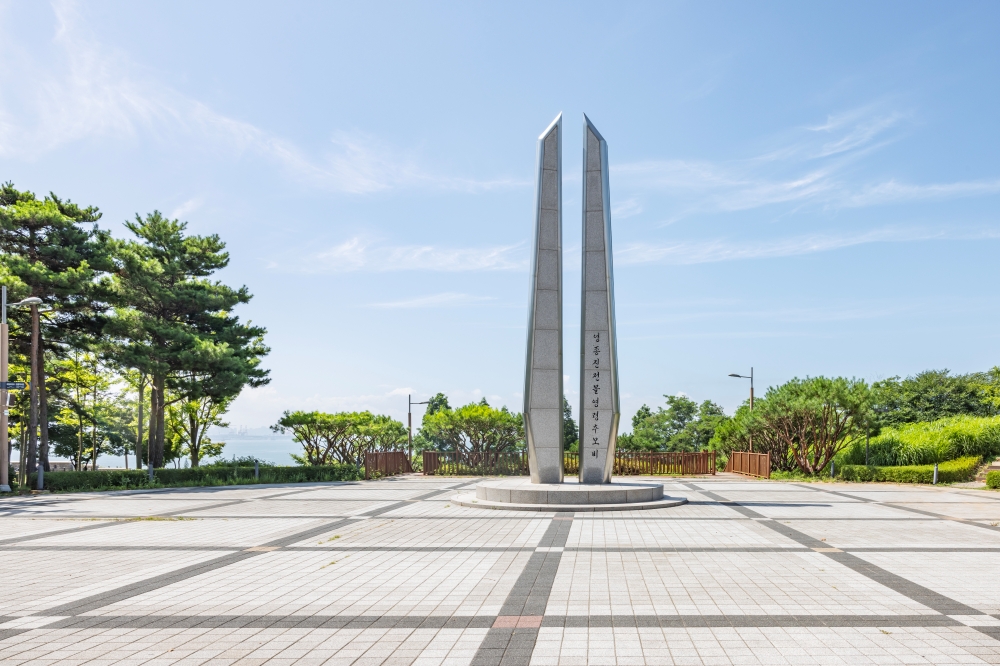
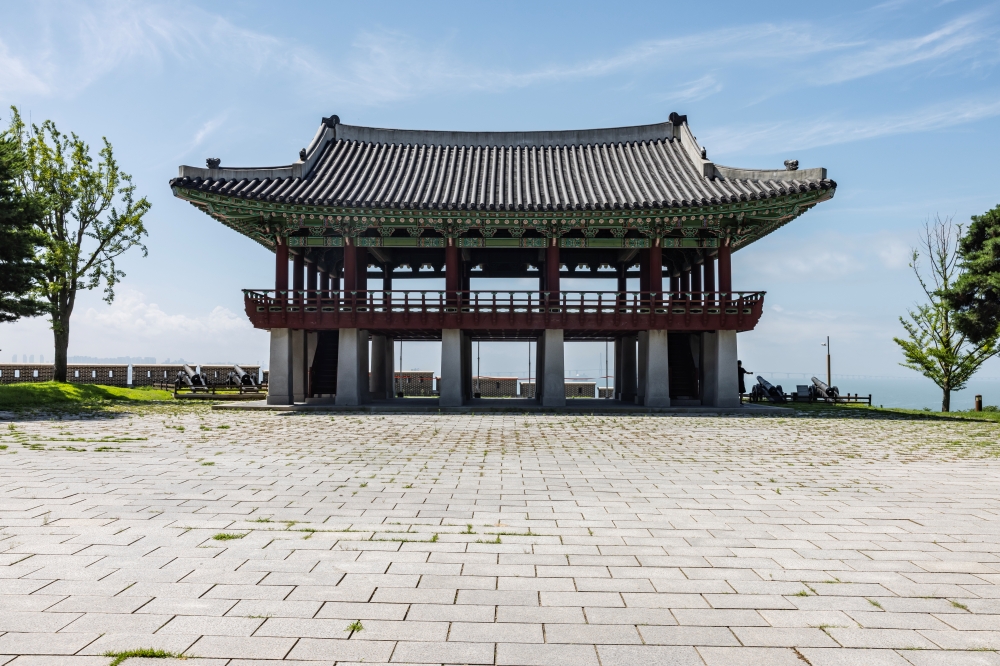
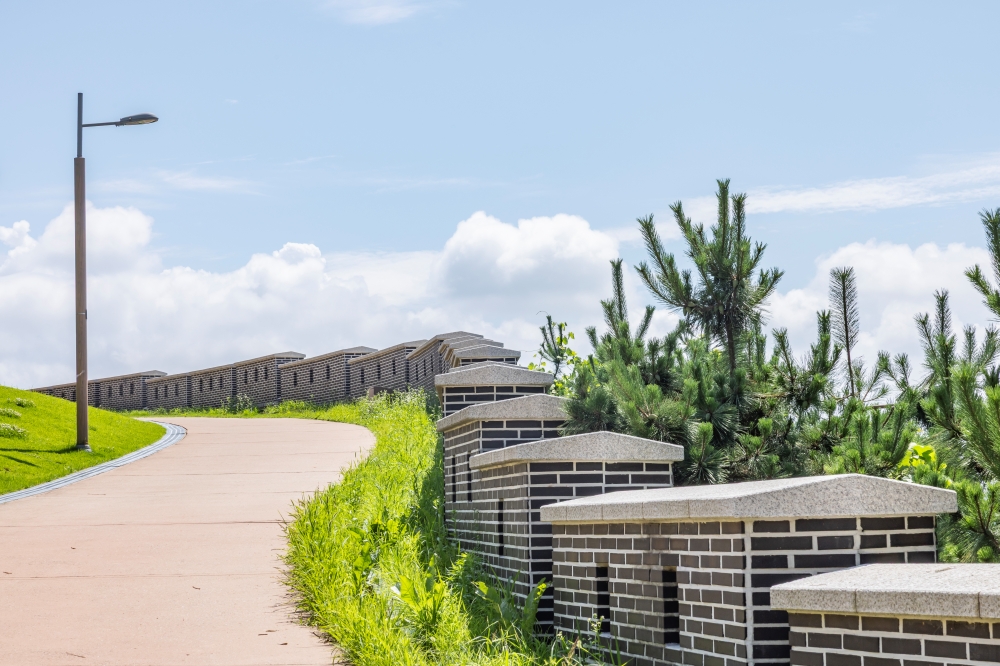



 47
47


